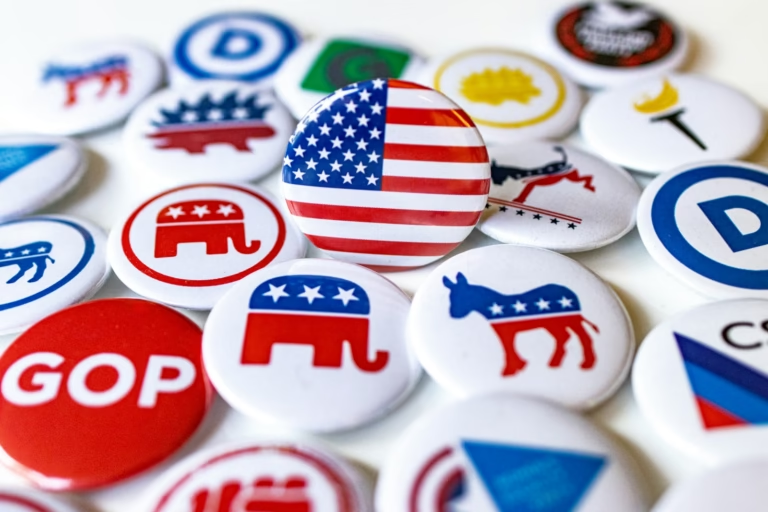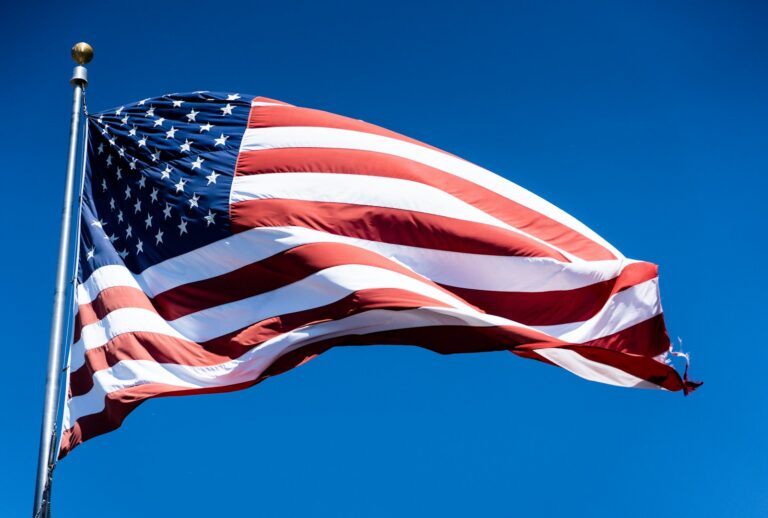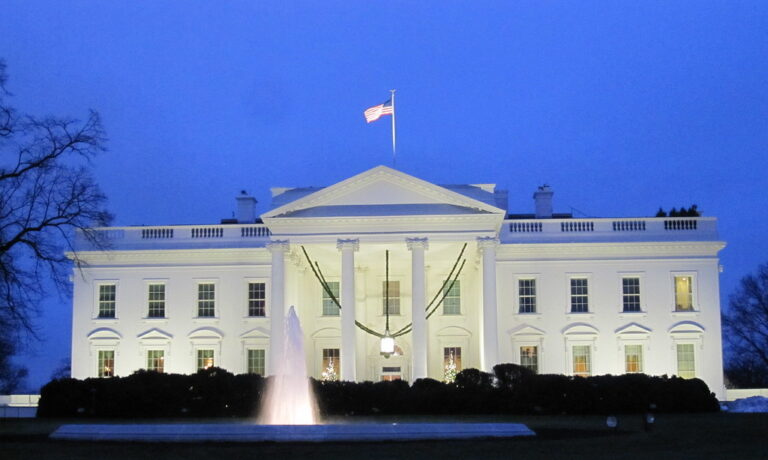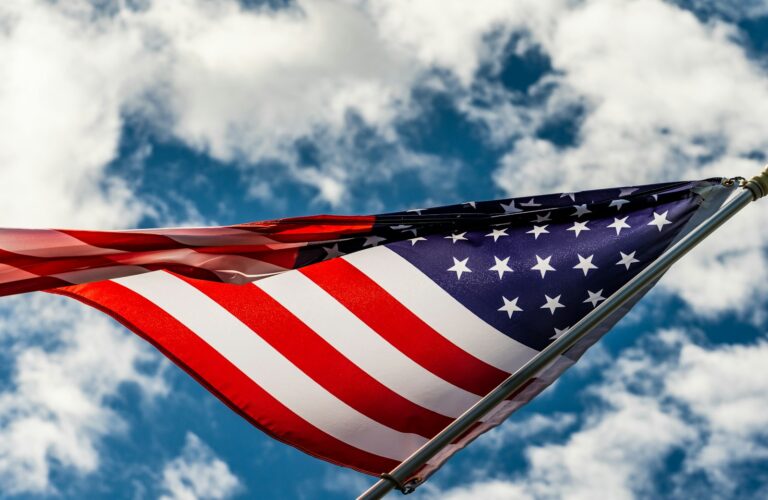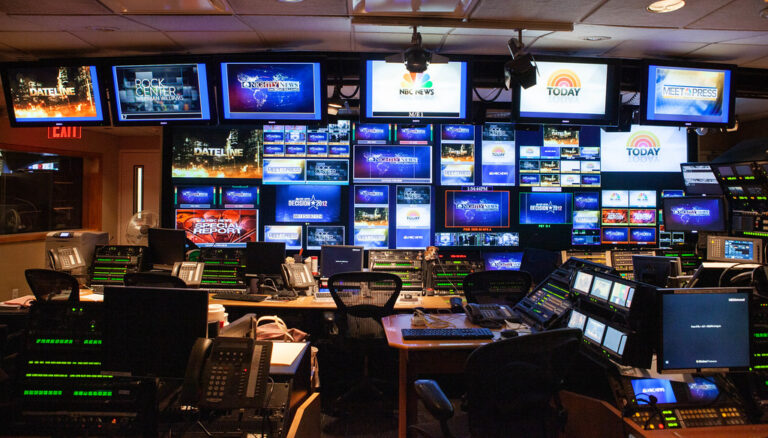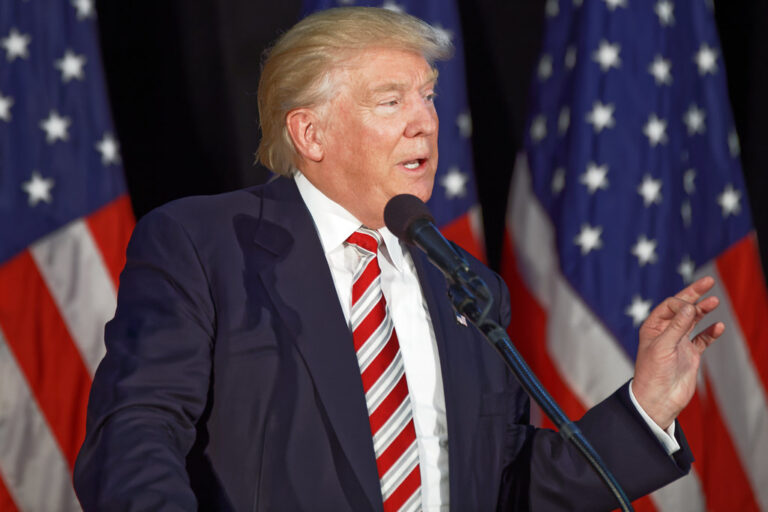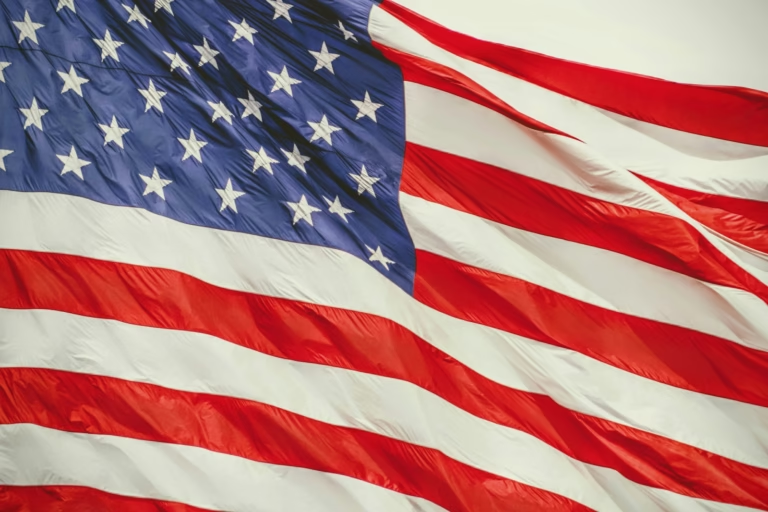Key Takeaways
- Military veteran George Retes slammed Trump’s immigration team during a CNN interview.
- Retes was arrested in July on a marijuana farm where he worked as a security guard.
- He spent three days in detention and was placed on suicide watch.
- The Department of Homeland Security says Retes became violent, and the Justice Department is now reviewing his case.
- Retes says he isn’t worried and he wants answers and justice.
In a live CNN interview, military veteran George Retes criticized the current administration’s immigration tactics. He spoke with Jake Tapper about his arrest and detention. His story has drawn attention to how immigration raids affect everyday workers.
Inside the Case of George Retes
George Retes is a 25-year-old veteran who served his country and then took a security job at a marijuana farm. In July, U.S. immigration officers raided that farm. They arrested Retes and held him for three days. During that time, he says they put him on suicide watch. The experience left him shaken but also determined to speak up.
Retes says the raid came without warning. He was working a routine shift when agents entered and took him away. He reports they handcuffed him tightly and would not tell him why they arrested him. He remained in a holding cell for 72 hours under strict watch. He claims he saw other detainees in worse shape and fears their treatment.
DHS Pushback and Next Steps
However, the Department of Homeland Security disputes Retes’ version of events. DHS officials claim that George Retes became violent with agents during the raid. They say that justified his arrest. At the same time, the Justice Department is reviewing the case to decide if federal charges apply.
Meanwhile, Retes awaits word on whether he will face trial. DHS lawyers in the Justice Department will assess evidence and witness statements. If charges go forward, Retes could face court hearings or even deportation proceedings. Yet he remains calm about his future.
Views on Trump’s Immigration Moves
During his CNN interview, George Retes did not just share his personal ordeal. He also criticized broader immigration policies. He warned that harsh raids can affect anyone. “I’m not blind to see what’s happening,” he said. “It could really happen to anyone.”
He pointed to other stories of families torn apart by sudden arrests. He stressed that fair treatment under the law should apply to all, including veterans and contract workers. In his view, current policies focus more on punishment than on finding real threats.
What Comes Next for George Retes
Retes says he is not worried about the possible federal case. He explained that he has faith in the process. After a six-month wait, he hopes to clear his name. “I’m just ready to start this whole process,” he said. “I want to get justice and find out the truth.”
In the meantime, he has spoken with civil rights lawyers and veteran groups. They offer support and advice on how to handle immigration court. Retes plans to keep sharing his story to raise awareness. He believes that public pressure can help ensure a fair outcome.
What This Means for Others
George Retes’ case highlights a bigger issue. Immigration raids can sweep up people doing legal work. Often they face long detentions with little explanation. This can hit vulnerable groups hard, including veterans and immigrants with clean records.
Therefore, advocates say we need clearer rules and more oversight. They want stronger rights for people who face immigration actions. That could include faster case reviews, better legal access, and mental health support during detention.
Moreover, Retes’ public statements may inspire others to speak up. When one person shares their experience, it shines a light on the system. It can push officials to review policies and treat detainees more fairly.
How Communities Can Help
Communities can play a role too. Local groups and charities often aid anyone caught in immigration actions. They provide food, legal help, and emotional support. They also spread information on rights during raids and arrests.
In addition, veterans’ groups stand ready to assist former service members like George Retes. They can connect vets with lawyers who know both military law and immigration law. In this way, veterans do not feel alone if they face legal troubles.
What to Watch Next
Keep an eye on announcements from the Justice Department. Their decision will set the tone for similar cases. If they drop charges, it may encourage more detainees to challenge their arrests. If they push ahead, it could signal a tougher stance on contract workers.
Finally, public opinion may influence the outcome. When stories like Retes’ gain media attention, they can shift the debate. People may call for policy changes or demand transparency in immigration raids.
George Retes has taken a bold step by speaking out. His case shows how one person’s voice can raise important questions. It also reminds us that our laws must balance security with respect for individual rights.
FAQs
What happened to George Retes during the farm raid?
He was arrested by immigration agents as he worked security at a marijuana farm. He spent three days in detention and was placed on suicide watch.
Why does the Department of Homeland Security dispute his claims?
DHS alleges that Retes became violent with agents during the raid, which they say justified his arrest.
What are the next legal steps for George Retes?
The Justice Department is reviewing his case to decide if federal charges will be filed. If charges go forward, he may face court hearings.
How can communities support people like Retes?
Local charities, legal aid groups, and veterans’ organizations can offer legal advice, emotional support, and information on rights during immigration actions.



